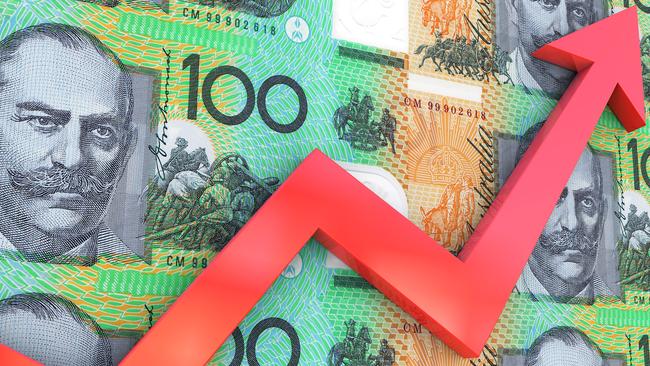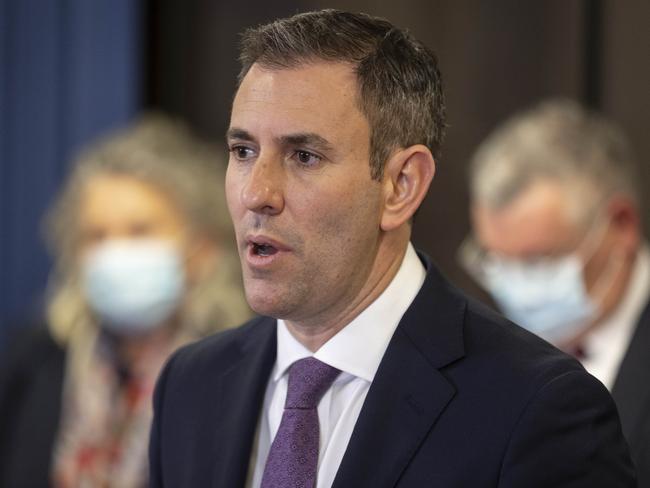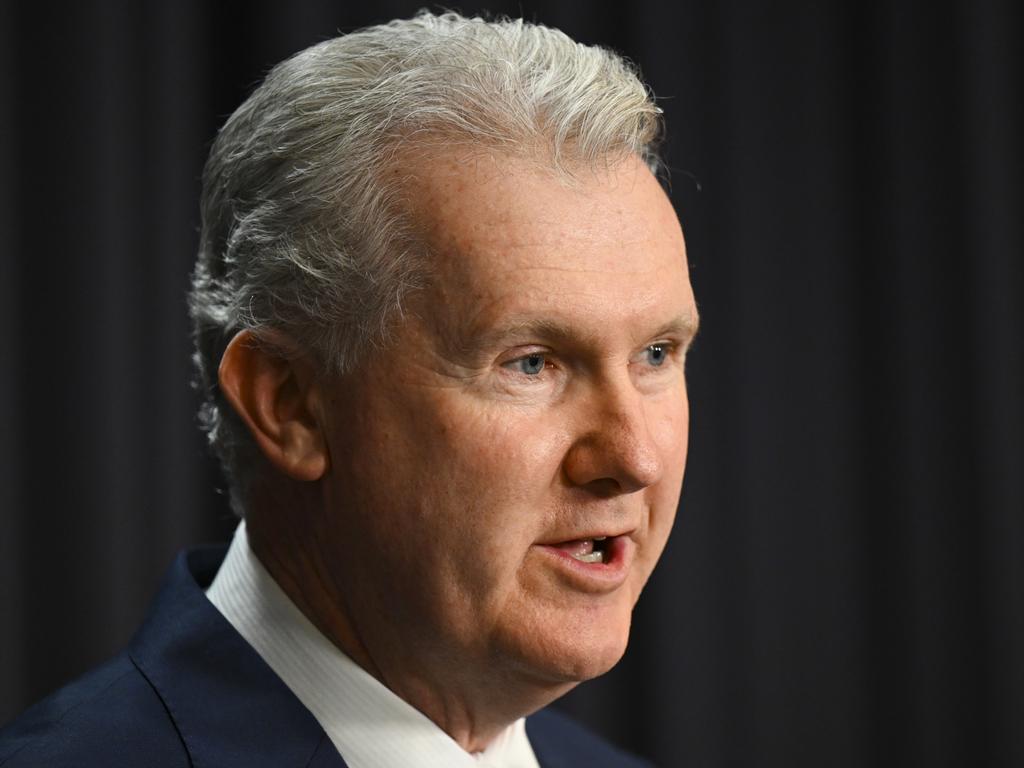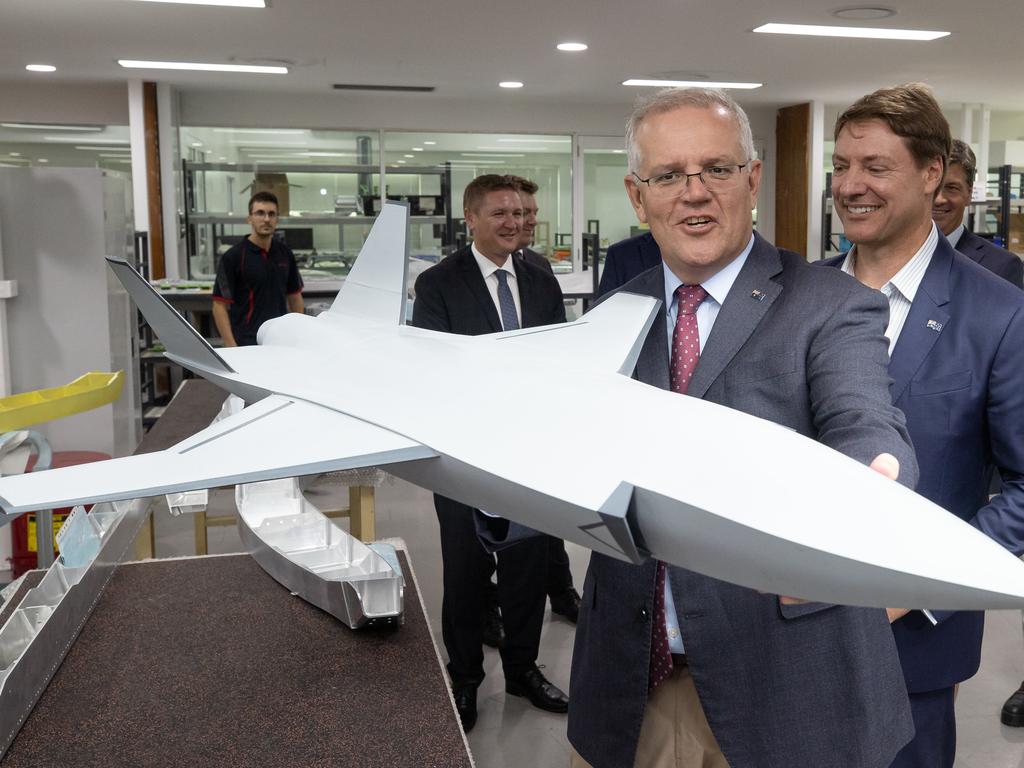Surging prices Labor’s biggest challenge
Figures showing inflation surging to 30-year highs and an update on the economic challenge threaten to overshadow the government’s first sitting week.

New figures showing inflation surging to 30-year highs and a parliamentary update on the nation’s deepening economic challenge from Jim Chalmers threaten to overshadow the Albanese’s government’s first sitting week since its May election victory.
The Treasurer has repeatedly warned that budgetary pressures are only expected to intensify over coming years, and that fiscal discipline will be key to managing massive debt and deficits accumulated by the former government in its fight against the pandemic.
Those challenges will be underlined by Australian Bureau of Statistics data on Wednesday which are expected to show inflation accelerated to its fastest pace since 1990 – from 5.1 per cent in March, to 6.2 per cent over the year to June.
Economists said such an outcome would “rubber stamp” a third consecutive 0.5 percentage point rate rise to 1.85 per cent at the Reserve Bank’s next board meeting on August 2.
With some forecasts predicting consumer price growth may have already hit nearly 7 per cent, a number of analysts also warned that a much stronger than inflation number raised the risk of a triple rate hike in a little over a week’s time.

Rich Insight principal Chris Richardson said the emergence of inflation as a pre-eminent national challenge for the first time since the 1970s also required a different approach to fiscal policy.
“Early in Covid you threw money at the economy to help it to get better,” he said. “Now if you throw money at the economy, you just get extra inflation – and that completely flipped the narrative.”
State and territory leaders are also being warned they must shoulder more of the financial burden in responding to Covid-19 outbreaks.
Prior to the health crisis, the federal budget was in better shape than the states, but the budget papers show the federal deficit as a proportion of GDP was anticipated to reach 3.4 per cent this financial year, against a combined state and territory deficit of 2.2 per cent.
Mr Richardson said the budget figures represented a “shot across the bows” for not just the states and territories, but “for his (Jim Chalmers’s) colleagues” in government.
“The figures say that if there’s more money to be spent on Covid-related issues – you guys (state treasurers) can do the spending,” said.
Dr Chalmers on Friday held his first formal meeting with his state and territory counterparts, describing a “terrific spirit in the room”.
“Treasurers from states and territories from both sides of the political fence (were) looking for solutions not looking for conflict, trying to work out how we address the serious challenges that we have in our economy, and how they flow through to the budget,” he said.
Under heavy pressure from premiers and chief ministers amid an escalating wave of Covid infections which has forced hundreds of thousands of workers to spend time at home sick and threatened to overrun hospitals, the Albanese government has already been forced to renege on a plan to end pandemic leave payments.
With an array of economic and fiscal hurdles ahead for the new government, Wednesday’s consumer price index figures loom as the most consequential in decades.
A survey of six economists reveals a wide range of forecasts for the change in the Australian Bureau of Statistics’ consumer price index over the year to June, from Westpac’s 6.1 per cent, to Citi’s 6.8 per cent.
The June quarter consumer price index figures will also confirm the widening gap between the ABS’s wage growth statistics – which put wages growth at 2.4 per cent over the year to March – and the surging cost of living.
CBA head of Australian economics Gareth Aird said Wednesday’s consumer price figures would “rubber stamp what everybody expects” – a third consecutive double rate hike at the next RBA board meeting on August 2.
An estimated 3 per cent lift in food prices and housing costs will contribute a hefty 1.2 percentage points to CBA’s forecast 1.9 per cent lift in headline inflation over the three months to June.
A 2.4 per cent increase in “transport” prices – mostly higher petrol prices – will add a further 0.3 percentage points, CBA said, bringing the annual pace to 6.2 per cent.
RBA governor Philip Lowe last week conceded that the central bank “over-insured” against the “potentially catastrophic economic consequences of the pandemic”, and so overstimulated the economy.
With inflation running at multi-decade highs, Dr Lowe is moving swiftly to adjust monetary policy settings back to “neutral” levels of around 2.5 per cent.
Mr Aird, who also anticipated the cash rate target to lift to 1.85 per cent in just over a week’s time, said he was worried that the central bank was underestimating the impact of soaring borrowing costs on Australians with mortgages.
Bank of America predicted inflation will reach 9.4 per cent in December, around the levels currently experienced in Europe, the United Kingdom and North America, but well ahead of the most recent RBA predictions for a peak of 7 per cent.








To join the conversation, please log in. Don't have an account? Register
Join the conversation, you are commenting as Logout